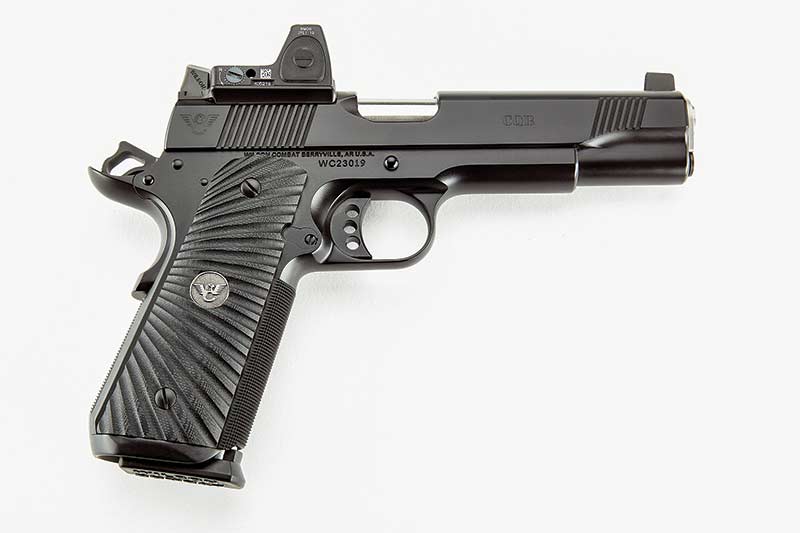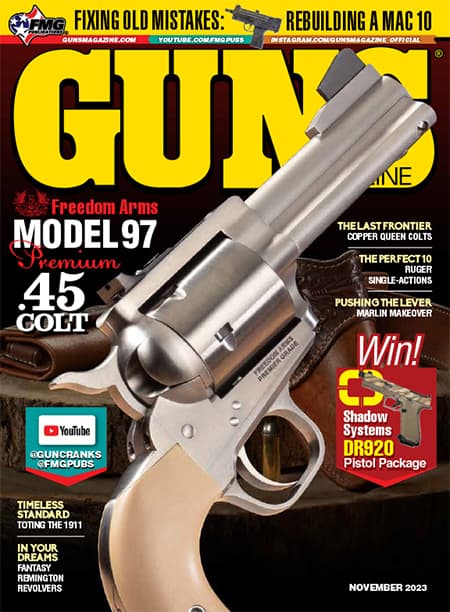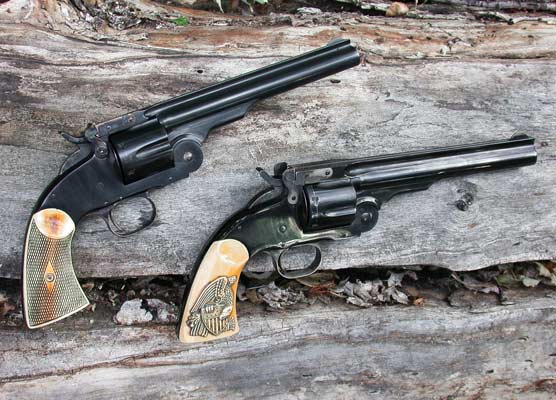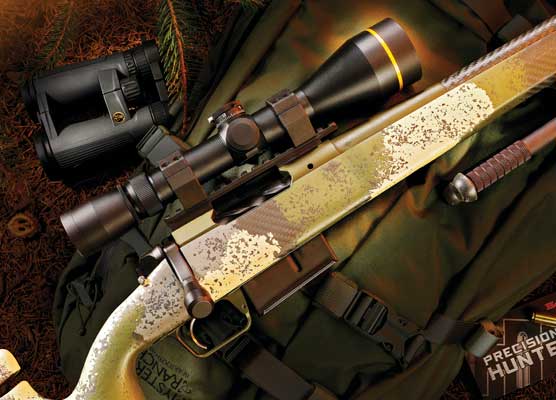About the 1911 …
Classics Never Go Out of Style
They say you keep coming back to your first love …
I’m writing this during my annual sojourn of carrying and teaching with a 1911 pistol, if only to give me some re-acclimation and prep time before my favorite match of the year, The Pin Shoot. Those heavy bowling pins need momentum to knock them the requisite three feet back and the .45 ACP has historically done the job well.
Reasons
Why the 1911 platform? One reason, frankly, is habituation. I got my first Colt .45 auto at age 12, still my most memorable Christmas present. The year was 1960. You do the math, it’s too depressing for me. Suffice to say the 1911 .45 and I have been together for a long time and the resultant familiarity has bred confidence, not contempt.
The 1911 and I are just comfortable together. On the shooting side of it, I’ve found my 1911s reliable because they’re all properly tuned and maintained. I’ve won (and lost) matches with them, killed critters with them and taken criminals at gunpoint with them. I’ve never had to shoot anybody with one but never had a doubt my 1911s would get their part of the job done if I did mine in a life-or-death self-defense situation.
And they like me. Not in any anthropomorphized sense of the word, but because I simply shoot well with them. Not long ago I shot 10 times over the GLOCK Sport Shooting Foundation 50-shot indoor course from up close to 25 yards, with a couple of 1911s, a couple of double-action autos and a few striker guns, and shot a very little bit better with the 1911. The grip-to-barrel angle fits me well, as does the trigger reach and of course there’s the sweet, short, consistent trigger pull.
1911 Versatility
Over the decades, I’ve accumulated enough 1911s for distinct versatility. I have them in 3″ to 6″ barrel lengths, in calibers from .22 Long Rifle to .45 Winchester Magnum, short butt to double stack magazine configurations. Each has a place, from target shooting and hunting to deeply discreet concealed carry.
Rugged adjustable sights pioneered by BoMar and available today from Kensight and others allow for point of aim/point of impact precision with a variety of loads if target shooting and hunting are part of your needs. If you’ve settled on one load, even more rugged iron sights might suit you better, especially for “heavy duty” use. And, yes, we have 1911s adaptable to red dot optics for carry and bigger glass (and even telescopic sights) for some competitions.
Across The Age And Gender Brackets
Having started at age 12 with 230-grain GI hardball, I favored the .45 most of my life and learned to appreciate the 10mm when it came along. But, having reached geezerhood with some serious arthritis, I’ve joined many of my fellow elders in learning to love the remarkably light recoil of the 1911 in 9mm. It took a long time for master gunsmiths like Dick Heinie to make that too-short-for-the-platform 9×19 round work in full-size 1911s John Browning designed for longer cartridges, but we have those guns now.
We also have 1911s engineered around the 9mm, offering superb reliability beginning with the little single-stack Springfield Armory EMP designed by Dave Williams introduced in 2005 and perhaps culminating with Bill Wilson’s superb 15+1 round SFT9. If you want more rounds in a standard-size pistol, there is the Staccato and less expensive clones like Springfield’s Prodigy. To load, cock the hammer to relieve mainspring tension and with a 9mm’s light recoil spring, it’s easy for even weak hands to rack the slide.
Travelin’ man
When I fly to California to teach, I bring a Springfield Ronin 9mm (think “Lightweight Commander” format) with Blazer 115-grain 9mm for training and 127-grain +P+ Winchester Ranger hollow points for carry loads. The latter “kick light” but come close to .357 SIG ballistics. Recent changes in California law seem to forbid us outsiders to buy ammo there; the airlines limit us to 11 lbs. of ammo in checked baggage; and 115-grain bullets are half the weight of 230-grain and lighter still with Blazer aluminum cases. I can carry enough ammo to demonstrate shooting techniques and the court-defensible 1911 4.5-lb. trigger gives me no excuses for bad shooting.
The cocked-and-locked format and the short, easy trigger demand discipline born of training and practice! But if you commit to those, the 1911 format will serve you well, whatever your caliber choice. The slim 1911 profile makes it particularly comfortable with inside-the-waistband holsters and the cocked-and-locked carry the 1911 demands is likely to buy you time to rectify the situation if a criminal attacker momentarily gains control of your pistol.
It’s always your choice, of course, based on your particular needs. But there are reasons why some of us — and not just senior citizens, either — have chosen to keep the 1911 for regular use instead of consigning it to “the gun museum.”






